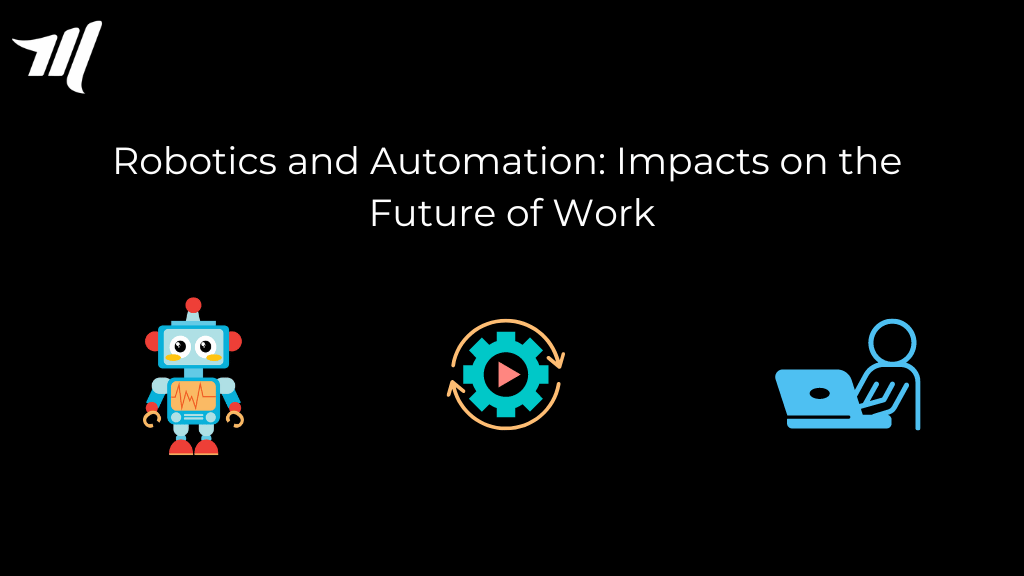The integration of robots and automation technologies is transforming the work and employment environment, creating both possibilities and problems for individuals and companies throughout the world. Let’s look at the major effects of robots and automation on the future of work, including revolutionary shifts, potential disruptions, and tactics for navigating this shifting employment paradigm.
1. Improved efficiency and Productivity:
Robotics and automation improve efficiency and production in a variety of sectors. Automated processes and robotic devices can quickly complete repetitive duties, freeing up human workers to concentrate on more complicated and creative elements of their jobs.
2. Job Displacement and Reskilling:
While automation improves efficiency, it raises worries about job loss. Routine and manual jobs may be mechanized, causing upheavals in the labor market. However, to meet the needs of developing technology, the workforce must be reskilled and upskilled
3. Emergence of new job roles:
The combination of robots and automation generates new work roles and prospects. Professionals capable of creating, maintaining, and programming robotic systems are in great demand. New professional opportunities are emerging in industries such as artificial intelligence, robots, and data analysis.
4. Human-Robot Collaboration:
The future of employment requires a peaceful partnership between people and robots. Cobots, or collaborative robots, operate alongside humans, increasing productivity and safety. This collaboration creates a dynamic work environment that uses the talents of both humans and robots.
5. Impact on Manufacturing and Industry:
The introduction of robots and automation causes enormous alterations in the manufacturing industry. Smart factories use networked robotic systems, data analytics, and the Internet of Things (IoT) to expedite production, decrease mistakes, and increase overall efficiency.
6. Improved safety and risk Mitigation:
Robotics and automation help to improve workplace safety. Dangerous duties can be given to robots, lowering the chance of injury and accidents. Human workers can concentrate on activities that demand cognitive skills and emotional intelligence.
7. Ethical Considerations and Governance:
As robotics becomes increasingly widespread in the workplace, ethical concerns about job displacement, data privacy, and the impact on marginalized individuals emerge. Implementing good governance and ethical frameworks is critical for managing the societal implications of automation.
8. Global Economic Impacts:
The expanding use of robots and automation has worldwide economic repercussions. It has the potential to boost competitiveness, drive economic growth, and reshoring particular sectors. However, it also raises concerns about job relocation in countries that rely largely on conventional manufacturing.
9. Lifetime Learning and Adaptability:
To survive in a workforce shaped by robotics and automation, people must embrace lifelong learning and adaptation. Continuous education and a desire to learn new skills are critical for being relevant in a continuously changing employment environment.
10. Collaboration between Industry and Education:
A smooth transition to the future of work necessitates coordination across industry and educational institutions. Curriculum development, training programs, and apprenticeships should all correspond with the changing skill sets required by industries significantly affected by robots and automation.
Robotics and automation will have broad and diverse effects on the future of employment. While technology increases efficiency and has the potential to create new jobs, it also raises worries about job displacement and ethical implications. A proactive approach to reskilling, human-machine collaboration, and ethical governance are critical components of managing the changing environment of work and employment in the age of robots and automation.





